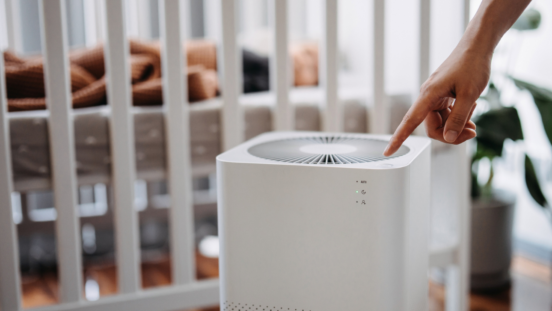Croup: the basics
This horrible-sounding cough often affects young children
When your little one wakes in the night with a dry, barking cough – sounding a bit like a seal – it’s really alarming, and not just for first-time mums.
Thankfully, while croup sounds terrible and can be very distressing, it’s mostly harmless in otherwise healthy children.
An acute infection of the larynx (voice box) and the trachea, croup is characterised by a dry, barking cough and laboured breathing, and while it can sometimes follow on from a cold/cough, it can also hit from out of the blue.
Croup can be caused by either a viral or bacterial infection, which inflames the airways (bronchioles) in the lungs. As a result, very little air can get through which makes it difficult to breathe.
Viral croup usually affects babies. It is the milder form of the two and its symptoms are generally a slight cold and fever, which last for around three days. While antibiotics are no use for viral croup, if it continues for several days or he suddenly becomes very ill or is under six months old contact your GP, who can tell you whether he has bacterial croup, which can be treated with medication.
How can I tell if my baby has croup?
Signs to look out for:
- He is beginning to lose his voice
- His breathing sounds hoarse
- He makes a high-pitched croaky noise when he breathes
How do I know it’s not whooping cough?
A croup cough can sound like whooping cough, but while croup often starts soon after or at the same time as your child falls ill, whooping cough has three distinct phases.
Coping with croup
Attacks usually occur at night. Here’s what to do:
- Pick your child up, and holding him upright, speak calmly and reassuringly – the more he panics and struggles to breathe, the harder it will become.
- Steam treatment is the most effective way of dealing with an attack. Take him into the bathroom, shut the door and fill the bath or basin with hot water. Sit with him and fan the steam towards his face, and keep talking in a reassuring tone. The moisture from the steam will help him to breathe more easily. Stay in the steamy atmosphere for a least 10 minutes or until he is breathing more easily, though it may still sound noisy.
- Keep watch on his condition, as he may have another attack. At night, bring his cot into your room. Lie him slightly upright by raising a cot mattress.
- If he has a fever, lower his temperature with infant paracetamol (suitable from three months).
- If you can’t ease his symptoms, call your doctor.

A steamy shower can help open up your little one’s airways and soothe a croupy cough.
Croup emergency checklist
Call your doctor straightaway if:
- His breathing and coughing does not improve after ten minutes in a steamy atmosphere
- His breathing becomes laboured or he is struggling for breath
- He becomes drowsy or restless
- His face turns blue
- He dribbles (because he can’t swallow his own saliva).




